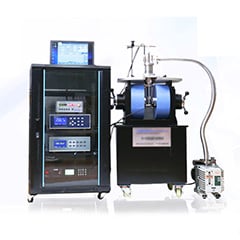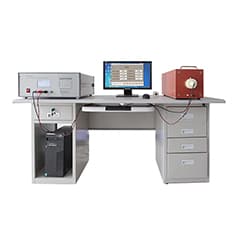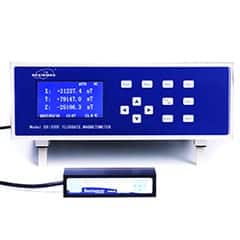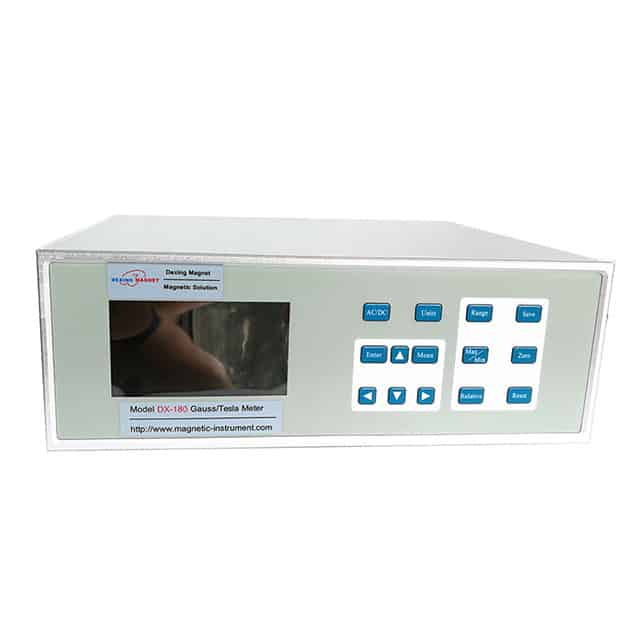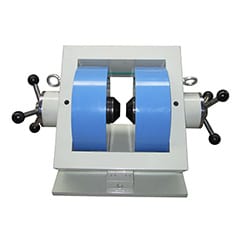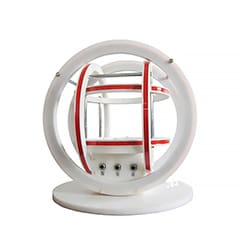products categories
Download
contact us
- If you have questions, please contact us, all questions will be answered
- Tel : 18030236818
- Fax : +86-592 5237901
- Email : dexing@china-dexing.com
hot products
Hall Effect Measurement System
Hall effect and its applications
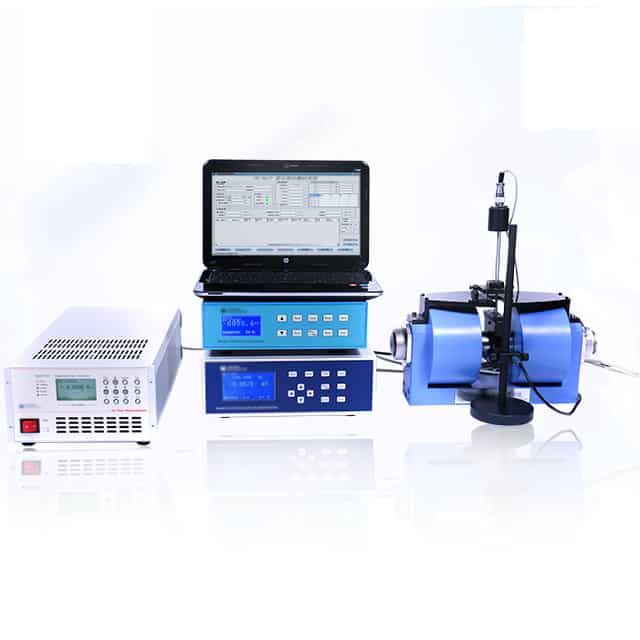
1 Hall effect found
Discovered by physicist Hall in 1879, the Hall effect defines the relationship between magnetic fields and induced voltages, an effect that is completely different from conventional electromagnetic induction. When a current passes through a conductor in a magnetic field, the magnetic field produces a force on the electrons in the conductor perpendicular to the direction of electron movement, resulting in a potential difference in two directions perpendicular to the conductor and the magnetic field lines.
2 Hall effect Explanation
When a magnetic field perpendicular to the current direction is applied to the semiconductor, the electrons and holes in the semiconductor will be subjected to the Lorentz force in different directions and aggregated in different directions, and an electric field will be generated between the gathered electrons and holes. After the force and the Lorentz force are balanced, they will no longer gather. At this time, the electric field will make the subsequent electrons and holes acted by the electric field force to balance out the Lorentz force generated by the magnetic field. The hole can pass smoothly without deviation, this phenomenon is called the Hall effect. The resulting built-in voltage is called the Hall voltage.
3 Hall effect Essence
When the carriers in the solid material move in the external magnetic field, the trajectory is shifted due to the action of the Lorentz force, and charges are accumulated on both sides of the material, forming an electric field perpendicular to the current direction, and finally making the current carrier The Lorentz force received by the electron is balanced with the electric field repulsion, thereby establishing a stable potential difference, which is the Hall voltage, on both sides. [3] The ratio of the product of the orthogonal electric field and the current intensity and the magnetic field intensity is the Hall coefficient. The ratio of the parallel electric field to the current intensity is the resistivity. A large number of studies have revealed that not only negatively charged electrons but also positively charged holes participate in the conductive process of materials.
4 Hall effect applications
The Hall effect is particularly important in applied technology. Hall found that if a current (Iv) is applied to a conductor (d) in a magnetic field (B) whose direction is perpendicular to the direction of the applied voltage, then at both the magnetic field and the applied current direction perpendicular In the direction of , another voltage (UH) will be generated, which is called the Hall voltage, and this phenomenon is called the Hall effect. [4] It is like a road. Originally, everyone was evenly distributed on the road and moved forward. When there is a magnetic field, people may be pushed to the right side of the road. On both sides of the old circuit (conductor), there will be a voltage difference. This is called the "Hall Effect". The Hall device made according to the Hall effect is to use the magnetic field as the working medium to convert the motion parameters of the object into the form of digital voltage output, so that it has the functions of sensing and switching.
5 Summary
Hall sensors are widely used. According to different output signals, they can be divided into switch-type Hall and linear Hall; switch-type Hall can be divided into unipolar Hall, bipolar latch Hall and Omnipolar Hall; this article is simply carried out in combination with the author's actual use.








